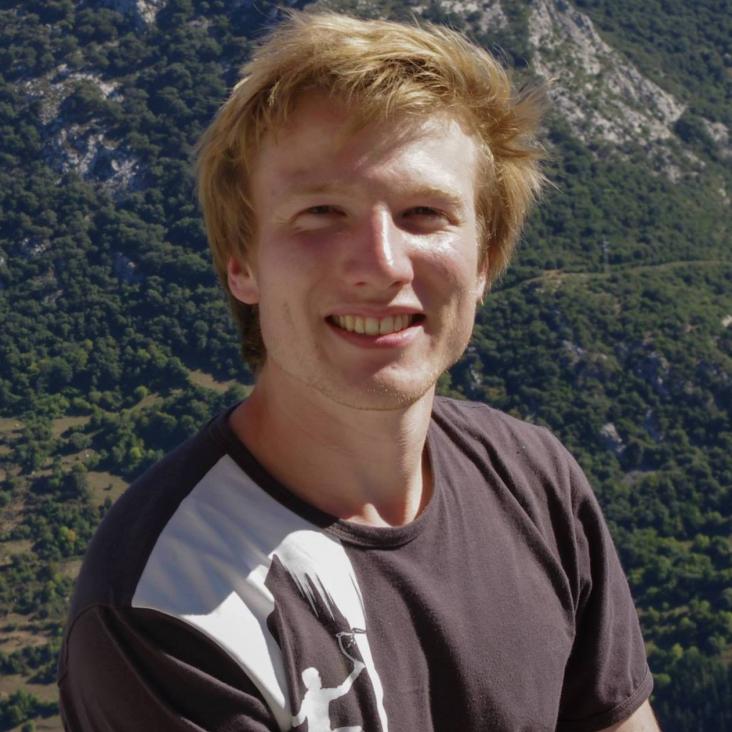Guiding of high-intensity laser pulses in 100mm-long hydrodynamic optical-field-ionized plasma channels
Physical Review Accelerators and Beams American Physical Society 23:8 (2020) 081303
Abstract:
Hydrodynamic optically-field-ionized (HOFI) plasma channels up to 100mm long are investigated. Optical guiding is demonstrated of laser pulses with a peak input intensity of $6\times10^{17}$ W cm$^{-2}$ through 100mm long plasma channels with on-axis densities measured interferometrically to be as low as $n_{e0} =(1.0\pm0.3)\times10^{17}$cm$^{-3}$. Guiding is also observed at lower axial densities, which are inferred from magneto-hydrodynamic simulations to be approximately $7\times10^{16}$cm$^{-3}$. Measurements of the power attenuation lengths of the channels are shown to be in good agreement with those calculated from the measured transverse electron density profiles. To our knowledge, the plasma channels investigated in this work are the longest, and have the lowest on-axis density, of any free-standing waveguide demonstrated to guide laser pulses with intensities above $>10^{17}$ W cm$^{-2}$.Numerical modelling of chromatic effects on axicon-focused beams used to generate HOFI plasma channels
Journal of Physics: Conference Series IOP Publishing 1596 (2020)
Abstract:
Hydrodynamic optical-field-ionised (HOFI) plasma channels promise a route towards high repetition-rate, metre-scale stages for future laser plasma accelerators. These channels are formed by hydrodynamic expansion of a plasma column produced by optical field ionisation at the focus of a laser, typically from an axicon lens. Since the laser pulses used to generate the initial plasma column are of sub-picosecond duration, chromatic effects in the axicon lens could be important. In this paper we assess these effects using a numerical propagation code. The code is validated using analytical formulae and experimental data. For the parameter range investigated, dispersive effects are found to be of minor importance, reducing the peak on-axis intensity in the focal region by approximately 10%.Excitation and control of plasma wakefields by multiple laser pulses
Physical Review Accelerators and Beams American Physical Society 119 (2017) 044802
Electron bunch profile reconstruction based on phase-constrained iterative algorithm
Physical Review Accelerators and Beams American Physical Society 19:3 (2016)
Abstract:
The phase retrieval problem occurs in a number of areas in physics and is the subject of continuing investigation. The one-dimensional case, e.g., the reconstruction of the temporal profile of a charged particle bunch, is particularly challenging and important for particle accelerators. Accurate knowledge of the longitudinal (time) profile of the bunch is important in the context of linear colliders, wakefield accelerators and for the next generation of light sources, including x-ray SASE FELs. Frequently applied methods, e.g., minimal phase retrieval or other iterative algorithms, are reliable if the Blaschke phase contribution is negligible. This, however, is neither known a priori nor can it be assumed to apply to an arbitrary bunch profile. We present a novel approach which gives reproducible, most-probable and stable reconstructions for bunch profiles (both artificial and experimental) that would otherwise remain unresolved by the existing techniques.Generation of laser pulse trains for tests of multi-pulse laser wakefield acceleration
Nuclear Instruments and Methods in Physics Research Section A: Accelerators, Spectrometers, Detectors and Associated Equipment Elsevier 829 (2016) 383-385


